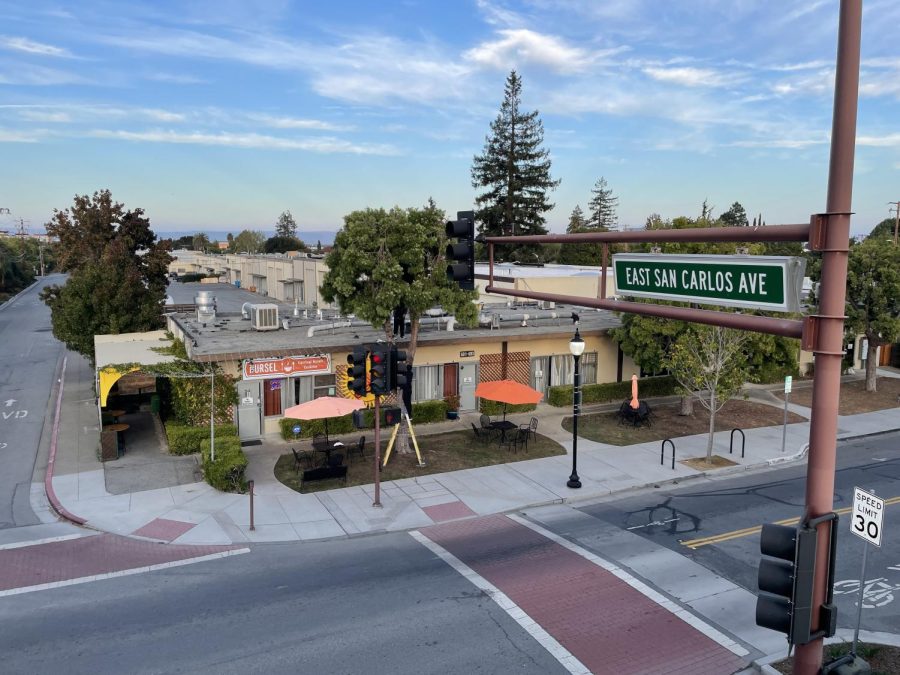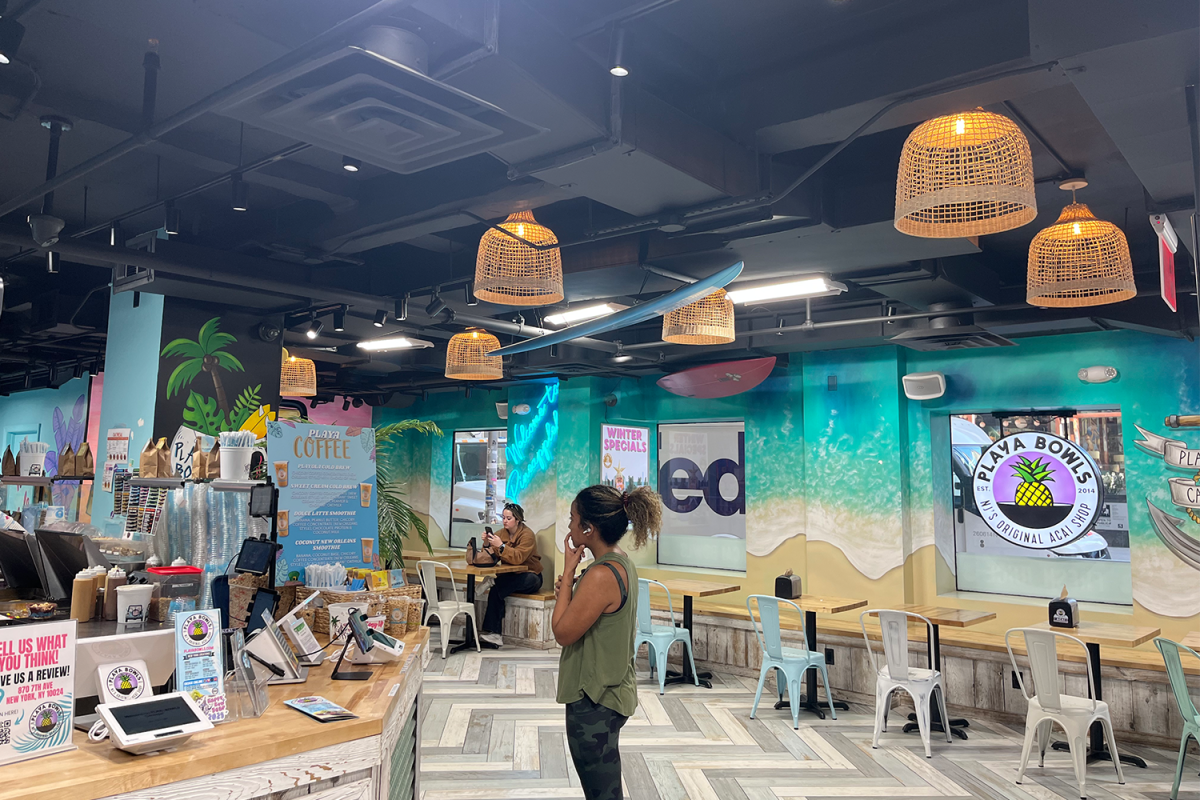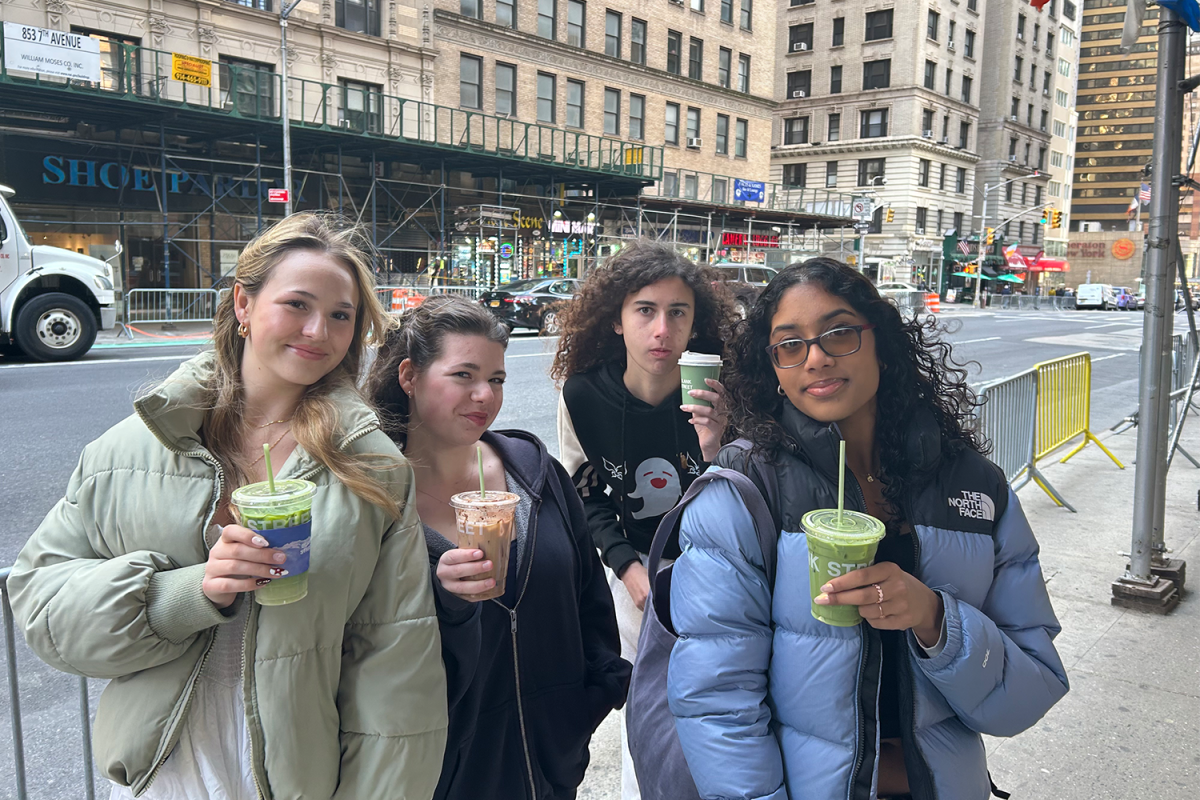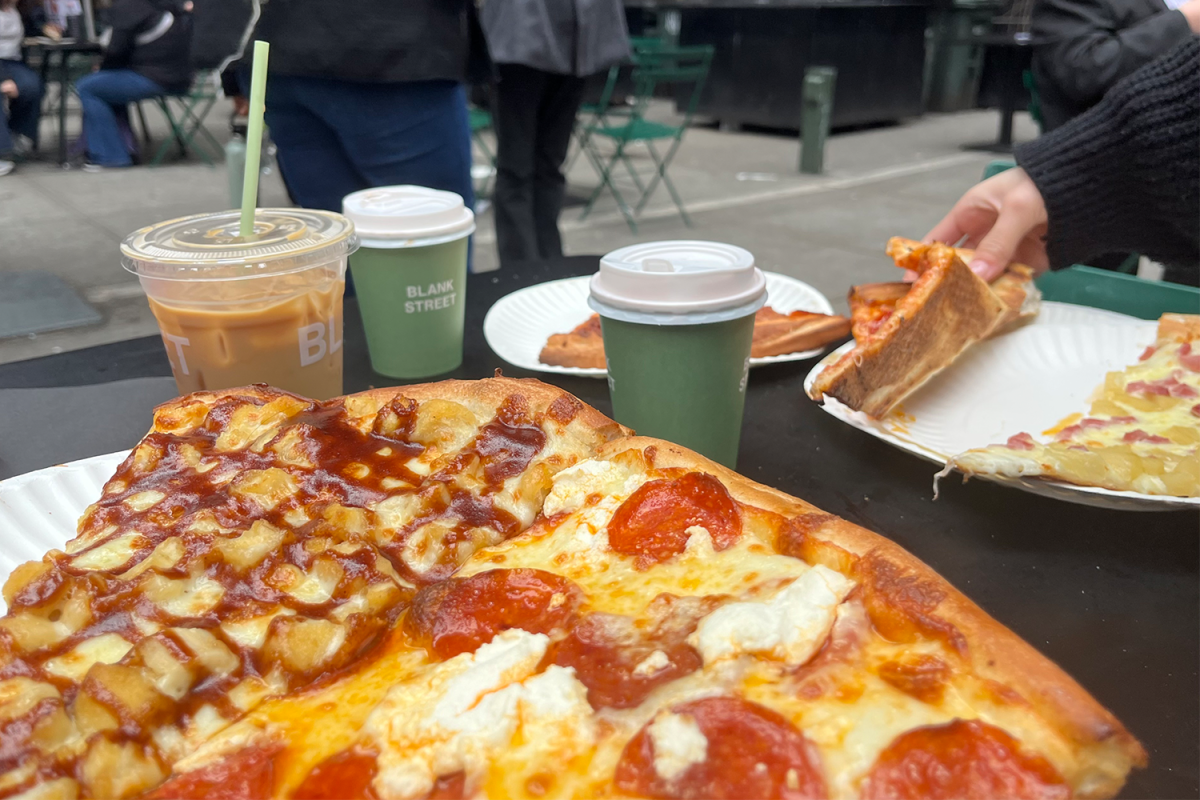Every eight years, the Regional Housing Needs Allocation (RHNA) determines the ideal level of expansion for California cities with zoning requirements. This cycle, Governor Gavin Newsom pushed for exceptional levels of transit-oriented growth compared to the last cycle. San Carlos represents this trend as the 2014-2022 cycle’s required zoning for 526 new homes, making the 2023-2031 cycle’s call for 2735 new homes striking to any resident.
Arising in tandem with a similar housing movement in East Belmont, the new requirements strike a nerve for East San Carlos residents as the current development plan will extend the development height limit to above 30 feet and increase unit density in the area.
“Honestly, I guess it’s good for income for the city, but it’s kind of sad to see the small town I grew up in turn into big apartment complexes in every direction,” said Maine Bilardello, a junior and East San Carlos resident.
Bilardello isn’t alone in her sentiment; some residents familiar with San Carlos’s housing history publicly don’t support the height limit.
“If [the city] zones it a little bit lower at 30 feet, we know that with the density bonuses, it will still be acceptable,” said Ben Fuller, former president of the Greater East San Carlos Neighborhood Association.
Fuller is concerned about the distribution of units in the upcoming RHNA plan.
“There’s a little bit of an equity problem because [for] anybody lives up in the San Carlos hills [or] the Belmont hills, they don’t have any new houses built. But there are 491 homes around in the greater East San Carlos neighborhood. And those homes are affected by the possible developments,” Fuller said.
The equity problem of housing distribution connects to the state motivations behind the expansion. According to Dave Hopkins, a Sares Regis Group real estate developer in San Mateo, a significant zoning factor is a site’s proximity to transportation.
“A lot of what we do on the housing side is really trying to keep housing near transit and encountering corridor downtown locations where people can live and walk to places that they would like to walk to without having to depend on their cars much,” Hopkins said. “Unfortunately, the efficiency of the transit system has been a problem in the region for a long time, both due to too many competing independent systems and the last mile that people need to travel from stations to where they want to go. Things are changing with the new use of electric bikes and such, but it happens slowly.”
Hopkins’s attitude towards transit-oriented housing is consistent with the Neighborhood Association members who recognize their location’s tie to growing housing.
“For now, they’re just trying to build a lot of housing near trains. We are right next to the train station, so there’s a lot of interest in building in our area,” Fuller said.
Some community members feel that their closeness to a train station doesn’t justify the removal of the 30-foot housing limit. And although the city gave voice to resident concerns with a community meeting on Sept. 26, members of the Neighborhood Association were collectively dissatisfied.
“We are deeply disappointed that the city chose to ignore the unique circumstances surrounding East San Carlos Avenue since it abuts single-family homes on both sides and staff,” stated the president of the Greater East San Carlos Neighborhood Association, Dimitri Vandellos, in response to the meeting.
The neighborhood association, now run by Vandellos, believes in the achievability of slow compromise as they have a long-running relationship with developers and the city.
“We fought over the San Carlos transit building because we thought it was gonna be too tall looking over our neighborhood, and we got it reduced from four stories to three stories. It was a 10-year process,” Fuller said.
Going forward, Fuller hopes to repeat the successes he saw in the transit building decision.
“Development can be really nice. I think we just have to do our best and have an open collaboration with the developers and the city. No one’s going to be totally happy. But you know, everyone’s going to compromise a little bit. That’s what happened with the San Carlos transit bills, and it was a huge success,” Fuller said.

































